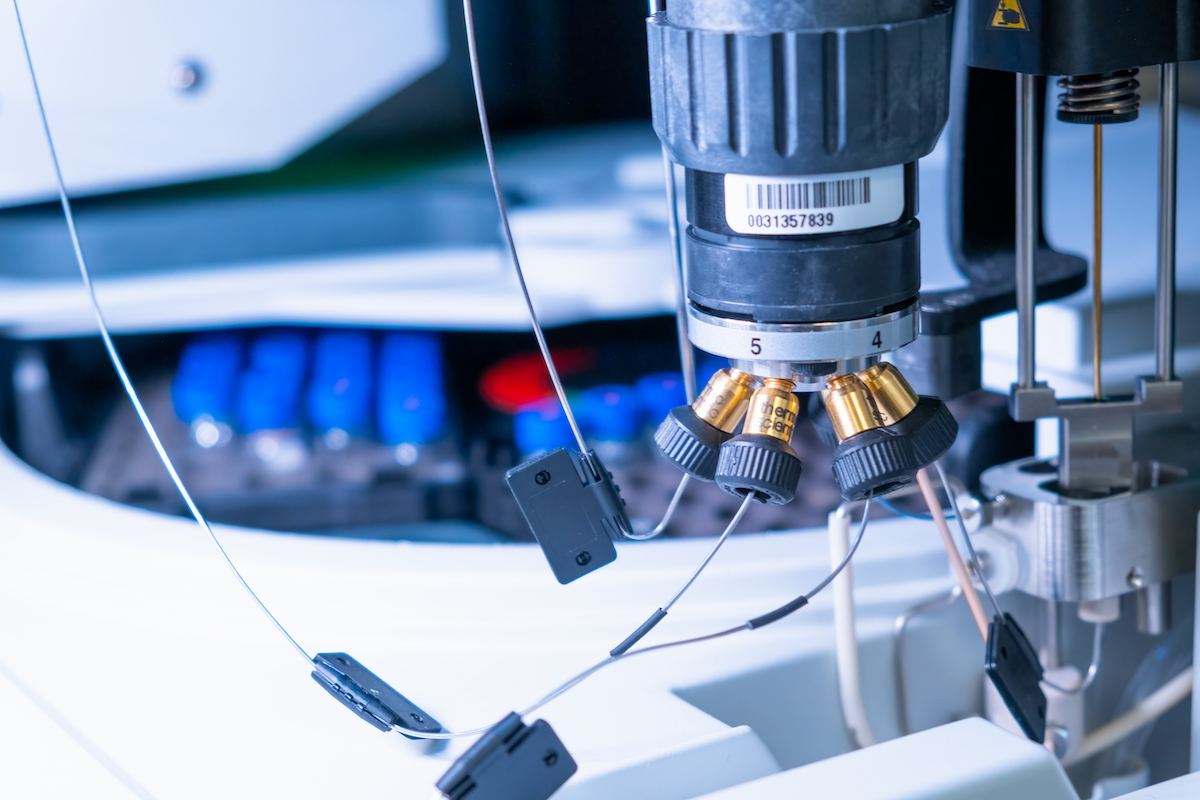Chemical Warfare Agent and Toxic Industrial Chemical T&E Studies
More than 100 years after chemical warfare agents were first deployed on the battlefields of World War I, traditional and emerging chemical agents and toxic industrial chemicals remain a threat to members of the military and the civilian population. This makes it critical that these and other threats are effectively detected, mitigated, and the sites where they are used decontaminated to reduce the risk. Our teams have decades of expertise and world-class laboratories to support the testing and evaluation studies to address these and other threats.

Chemical Warfare Agent Detection
MRIGlobal has long standing expertise in chemical warfare agent detection technologies research, development, testing, and evaluation. For decades, our research scientists and engineers have tested and assessed hundreds of detection and decontamination technologies against chemical agents, toxic industrial chemicals (TICs), toxic industrial materials (TIMs), explosives, bio-threat agents, and emerging threats. These evaluations and demonstrations have included the areas of sampling, real-time detection, decontamination and benchtop analytical method development. Examples of benchtop, handheld and mobile detection systems evaluated by MRIGlobal include:
- Near-real-time agent monitors with flame photometric and halogen specific detection;
- Portable gas chromatography/mass spectrometry devices;
- Numerous ion mobility spectrometry systems;
- Optical spectroscopic devices; and,
- Colorimetric, surface acoustic wave, and X-ray fluorescence detectors
Development of Chemical Detection Libraries
Before that equipment goes into the field, it must first be tested and evaluated to ensure that it will work as intended and when it is needed. That’s when our development of chemical detection libraries for use in the testing and evaluation of their detection equipment is critically important.
A chemical detection library is a collection of unique chemical signatures that enables the highly specific identification of a chemical. These libraries are built by analyzing replicates of known chemicals with referenced purities, under known conditions. The chemical library is then used as the reference for testing and field use. As our team tests and evaluates chemical detection equipment by analyzing a substance, they check the result against a chemical library to determine an identity. This work then helps validate the accuracy and efficacy of detection equipment, ensuring that it works as intended once it’s in the field. Read more about our work in “Sugar or Fentanyl? Chemical Detection Libraries to Support Testing and Evaluation.”



